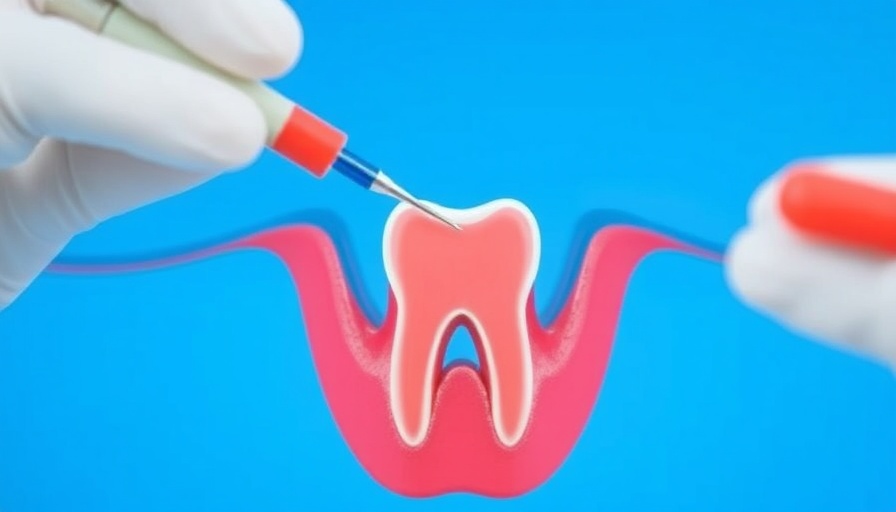
Unlocking the Secrets of Tooth Decay Prevention
Have you ever wondered why ignoring a small cavity can lead to greater dental problems down the line? Tooth decay is a silent, gradual process that slowly eats away at your tooth structure, often without immediate symptoms. By the time you feel discomfort, the damage may be extensive. This is where dental fillings become essential—they act as a crucial defense barrier, restoring your teeth and halting further deterioration.
The Slow Progression of Tooth Decay
Tooth decay begins subtly; it usually goes unnoticed until it becomes a serious issue. Oral bacteria produce acids that erode your tooth enamel over time, leading to cavities. If not treated promptly, these minor cavities can escalate into painful conditions requiring root canals or even tooth extractions. Recognizing the early signs of decay can make a significant difference in your oral health.
Identifying the Need for Fillings
Detecting tooth decay early on significantly reduces the risks of severe dental complications. Some common signs that indicate you may need a filling include:
- Persistent sensitivity to hot and cold
- Experiencing pain while biting or chewing
- Visible holes or dark spots on teeth
- Rough edges that feel unusual against your tongue
- Food frequently gets lodged in certain areas of your mouth
Understanding Dental Fillings: The Backbone of Preventive Dentistry
Dental fillings play a pivotal role in modern preventive care. They do much more than merely fill a cavity; they seal the area and stop bacteria from penetrating further into the tooth. Today’s advanced composite fillings bond directly to your tooth structure, offering both durability and visual appeal.
Choosing the Right Dental Filling
When it comes to dental fillings, you have multiple options:
- Composite Fillings: These tooth-colored fillings offer a natural appearance and are ideal for visible areas of your smile.
- Amalgam Fillings: Though less common currently, amalgam fillings are incredibly durable and can withstand the pressure of chewing, making them suitable for back teeth.
- Glass Ionomer Fillings: These specialized fillings release fluoride over time, providing added protection in cavity-prone areas.
The Lasting Benefits of Filling Your Cavities
Investing in dental fillings can offer numerous advantages:
- Preservation of natural tooth structure
- Prevention of decay from spreading to adjacent teeth
- Maintenance of proper bite alignment
- Reduction of tooth sensitivity and discomfort
- Enhancement of overall oral health
The Dental Filling Procedure: What to Expect
The dental filling procedure is typically straightforward and can often be completed in one visit to your dentist. Your dentist will first numb the area before removing decayed material from your tooth. After this, the filling is placed and shaped. Post-procedure, you'll notice a significant reduction in discomfort, allowing you to return to a pain-free life.
Stay Ahead of Dental Issues with Regular Checkups
Understanding the importance of dental fillings is vital, but just as crucial is booking regular checkups. By partnering with a quality family dentist near you, you can ensure that minor issues are addressed before they escalate. Scheduling regular dental appointments can lead to early detection and treatment, preserving your overall oral health.
Your Next Steps for Maintaining Oral Health
Dental fillings are essential for maintaining your smile and preventing more extensive dental treatments later. With many options available, you can work with your dentist to choose the best filling type for your needs. Remember, if you’re experiencing any symptoms of tooth decay, don't hesitate to schedule a dental appointment online to prevent further complications.
 Add Row
Add Row  Add
Add 




 Add Row
Add Row  Add
Add 

Write A Comment